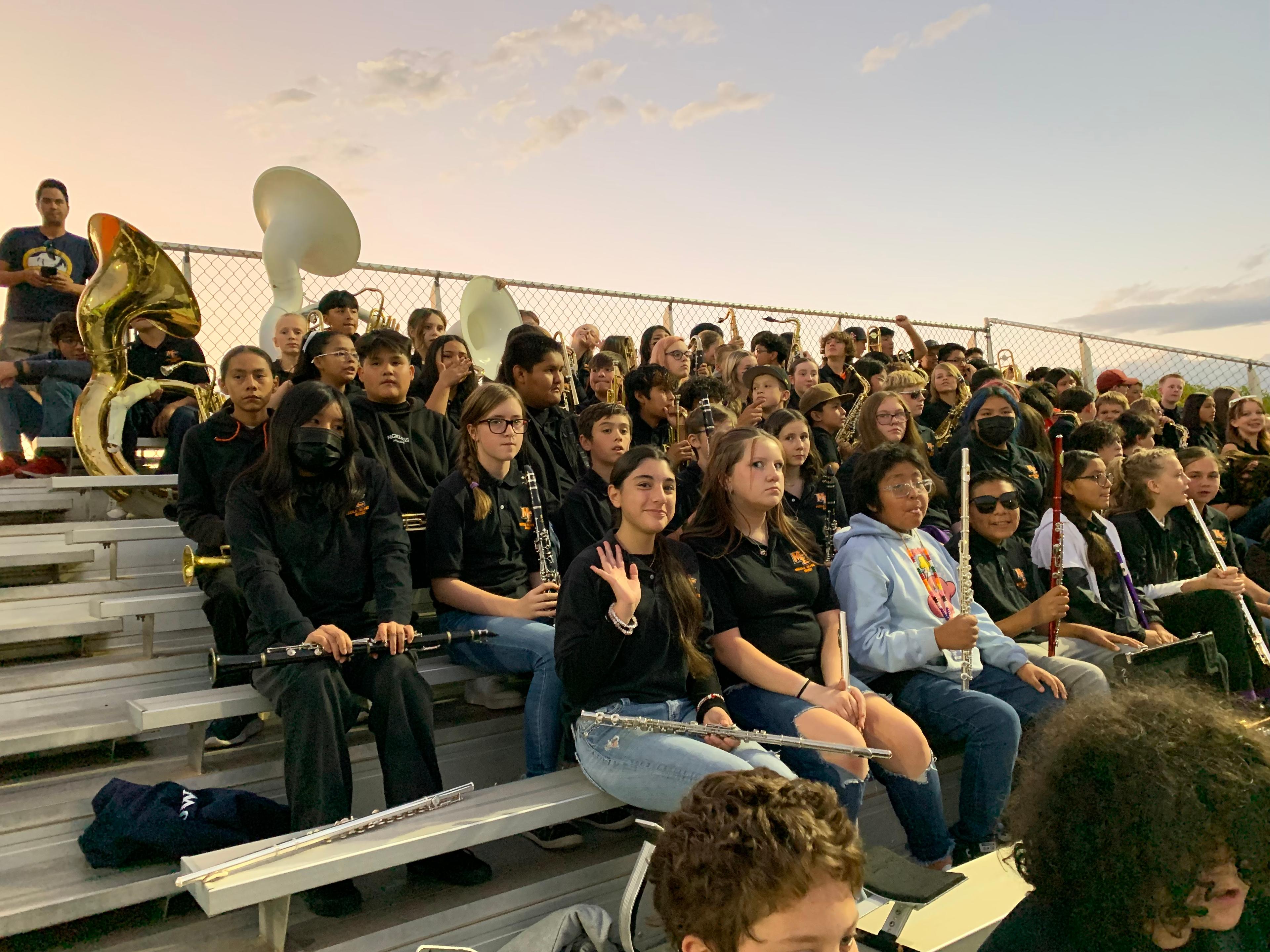
Veronica Day sprints down a strip of artificial turf on one leg. On this particular December day she’s going faster than most people probably could on two. Above her, a massive American flag looms over the sprawling gym where she and a host of other athletes work out at the Olympic Training Center in Colorado Springs. It's a reminder that Day is running fast, but she’s also running out of time.
The opening ceremonies of the 2018 Olympic Winter Games in PyeongChang, South Korea are quickly approaching, and Day is trying to make her first Olympic team. She races skeleton, lying head-first on a 75-pound sled that barrels down an icy track at about 80 mph. Team selections are announced in the next few days, and the lithe 5-foot-6-inch athlete with muscular legs needs to be among the top two or three finishers in her discipline in a tight U.S. women’s field in order to make the team. (Story continues below.)
There’s no ice track for Day to practice on in Colorado but she gets coaching and advice on everything else here, from strength training and healthy meals to sports medicine. It’s aimed at perfecting and powering through the all-important push start, those first few seconds before she quietly dives onto the sled. It’s where she could get the edge she needs.
Today’s workout starts with lots of stretching, then sprint drills, some with high knees or butt kicks, then jumping drills. She did a lot of these same drills as a student at Elon College in North Carolina, where she competed in track and field. Back then, she’d never seen a skeleton track in her life.
“I was a triple jumper in college, which is also a lot of hip mobility, because you’re hopping, skipping, jumping. I still do those exercises for skeleton. And that ability to be explosive from jumping has translated to pushing,” she says.

Pushing. That’s next. She hauls a red metal framed sled to the field, lays down cones 15 meters apart, and at the starting line, a few 20-kilo weights that can serve as starting blocks. They’re tattooed with the Olympic rings, of course.
Day gets on the blocks, sled out in front, ducks her head, then looks up, and explodes down the turf. Then she drags the sled back to the beginning, and starts again.
Not too long ago, Day didn’t know she would be here, working towards the Olympics. She says she wasn’t good enough to make it to the next level in track and field, but one day in 2010, sitting in her college apartment in North Carolina, she and her roommates turned on the television to watch Olympic bobsled.
“Every time an athlete would come up, the announcer would say, ‘So-and-so ran track for this university.’ And so all my roommates were track athletes, and we were like, ‘We run track, we can make a bobsled team,' ” Day says.
Her roommates were joking, but Day was serious. She filled out an application, and was invited to a combine. She chose skeleton, ultimately, because it was a better fit than bobsled for her body type -- someone shorter and lighter than bobsled requires. Within a few months, she was on the track in Lake Placid for her first run on ice. It was half speed, about 40 mph.
“It’s the most fun you’ll ever have. I mean, you have no idea what you’re doing,” Day remembers. “The coach just like kicks you off the side of the mountain and is like, 'have fun, see ya at the bottom bye!' ”
By the end of those few seconds, though, she was hooked.

“I finished the run and was like, ‘Take me up, I’m going again.’ ”
Ignorance was bliss. Now Day says she can psych herself out sometimes on the track. Losing focus from turn to turn is when the sport can be most dangerous. But Day still has a ton of fun doing it. She brushes off the suggestion that some people might say going headfirst down an ice luge faster than most highway speed limits is crazy, even though she does wear a helmet.
What’s really crazy, she says, is ski jumping.
“Those guys, they’re insane! I can’t compare it to anything. We stood at the top of the landing area and I almost, like, I was frozen in fear! I’m like, I do skeleton, how do these people go up another 10 stories and jump from up there?" she says.
Both winter and summer athletes live at the Olympic Training Center, and that’s where Day met her boyfriend, fencer Jimmy Moody. He compares life there to a college dorm where no one has to worry about school, and everything gets competitive.
“Dining hall meals. How much are you eating? I can eat more, I can eat faster. Everything,” he says. “I would say I was the best at doing laundry at the training center! No one’s laundry was cleaner or smelled better!”
That competitiveness has pushed Day to try new exercises, and it’s just one more thing she gets from being around other Olympians and all the amenities in Colorado Springs. But she still has a do-it-yourself attitude that’s essential to a niche sport like skeleton. She travels internationally with her own power tools, and buys WD-40 or acetone at each stop, so she can assemble her sled on site. At home, she’s often her own physical therapist.
Day bought a cupping kit on Amazon. Sitting down, she places plastic cups on her thighs, then attaches a plunger that looks like a toy stun gun, and pumps the air out of the cups. She says it’s supposed to have an effect like a massage, but that doesn’t mean it feels good.
“It feels like a vacuum is sucking the skin off your body,” she says. Each cup leaves a little red circle.
“When you do them on your back you look like a stegosaurus because you’ve got a whole bunch running down your spine.”
Day’s dedication ramps up as the Olympics get closer. She had to quit her part-time job to train and travel to qualifying events around the world. (Like most Olympians, she doesn’t get paid to train.) But she’ll be the first person to admit she didn’t get into skeleton to be famous.
“I’m never going to get any name recognition doing skeleton, because it’s so niche,” she says. “Maybe in Germany or Latvia, but not the U.S.”
Still, an American athlete, Noelle Pikus-Pace, won silver four years ago. And whoever represents the U.S. in skeleton in Pyeongchang will have an even better chance this time. Three of the top six female finishers in Sochi were Russian, and they are now banned for life for doping.









